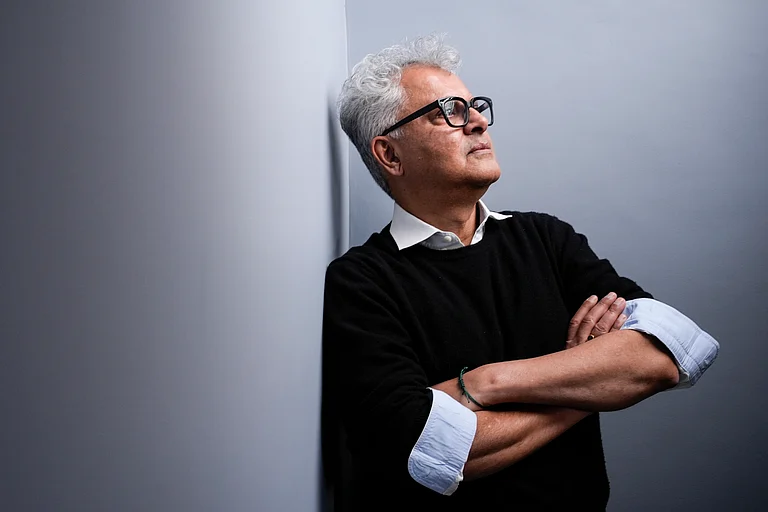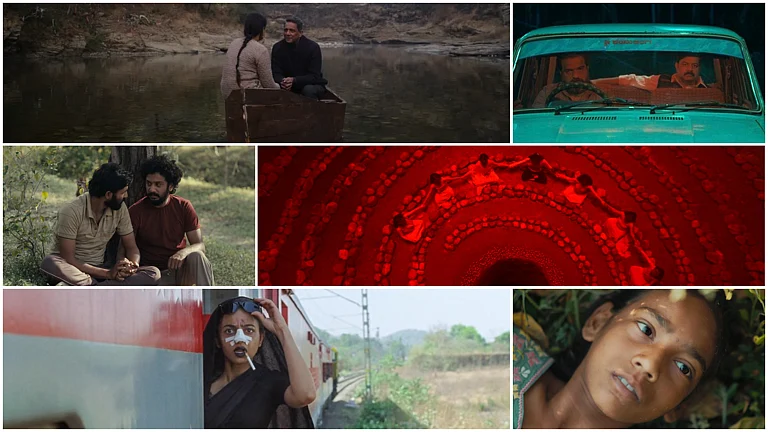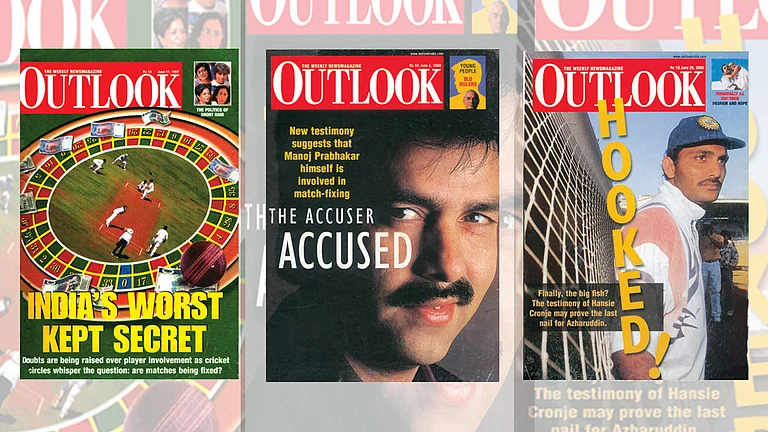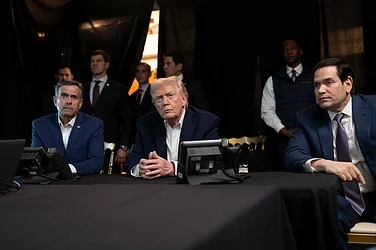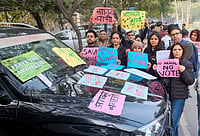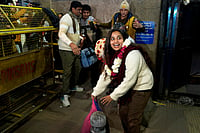Outlook Magazine recently documented the intense and unprecedented persecution of Rohingya Muslims in India—how they spoke out about being dumped in the ocean, off the Myanmar coast, earlier this year by Indian authorities.
Now, the Washington Post has recorded an alarmingly similar fate for some reported to be Indian Muslims. After the Pahalgam terrorist attack in which 25 tourists and a Kashmiri local were killed by armed men, reports of evictions and detentions of Indian Muslims have regularly appeared in the press in India and overseas.
But what do those who flee their homeland to escape persecution do when they are hunted in the land they are forced to seek refuge in?
Why do nations, meant to create and shelter citizens, also manufacture refugees—those who are branded as the “other” and reviled? Can the world stop this from happening?
Thousands of Rohingya Muslims have scattered across the region, seeking shelter wherever borders will open—1,68,400 in Malaysia, 93,100 in India and 84,000 in Thailand.
The journey still continues, as the promise of peace remains elusive. Though the United Nations has called the Rohingya ‘the most persecuted minority in the world,’ the weight of that recognition offers them no protection, no solace—only a label without remedy.
The scale of today’s crisis is staggering: more than one in every 67 people around the world has been displaced from their home.
In "We Are Stateless, But Not Voiceless”: Rohingya Refugees Speak Out, Avantika Mehta delves into the plight of refugees, “At last count in May 2025, there were 270 Rohingya refugees in detention centres across India. While the majority are held in Jammu, people are also being kept in Delhi and Assam. “Many of them have been in detention for over three years. Several are women and children,” the community leader said."
He pointed out that even those people with valid UNHRC identification cards were being detained and forcibly deported.
In Outlook’s August 1, 2023 issue, ‘Who Is A Refugee?’ we raise the questions about belonging and being strangers in a strange land, which most would bury in silence. Who is a refugee, after all? One who carries their home within and are looked at as outsiders everywhere they go? Or one branded an outsider in his own land—who learns that no place will ever be home?
Senior journalist Snigdhendu Bhattacharya writes in the issue about how “All Refugees Are Not Equal In India”. India does not grant Rohingyas refugee status, though 21,591 of them were seeking refuge and asylum in India, as per the United Nations High Commissioner for Refugees (UNHCR) in December 2022.
But then there are the Tibetan Buddhists, who can be counted among India’s privileged refugees, who are, in many cases, “almost Indian”, Snigdhendu writes. In 2009, 1.1 lakh Tibetan refugees lived in 45 settlements in ten Indian states and many in other places.
But most refuges, instead of sanctuary, encounter suspicion wherever the land. Instead of rights, they are met with bureaucracy.
In Humans...‘Like Us’: Fallacies Of India's Ad Hoc Refugee Policy, Rita Manchanda writes about a fourteen-year-old Rohingya girl—an asylum-seeker and a likely victim of cross-border trafficking, housed in an Assam shelter home.
“Despite a pending legal appeal, the child was marched to the border. It was the Myanmar immigration authorities who declined to admit her as it was ‘inappropriate’ during the pandemic to open up the border,” Manchanda writes.
But India has not signed the UN Refugee Convention, 1951, nor the 1967 Protocol. Without a local refugee law in place too, India often crosses the border between what is acceptable or permitted in international human rights law—and what is a stark violation of it—when it comes to those who seek shelter here.
In Refugees Are Pouring Into The Divisive Waters Of Europe’s Far-right Politics, Seema Guha describes the growing anti-foreigner sentiment and how Islamophobia grew widespread following the 9/11 terrorist attack in the United States. The problem has only been worsening as the malaise has spread far beyond Europe.
In How Language Barricade Impacts Refugees In A Faraway Land, Priyanka Borpujari explores the violence and exclusion refugees and asylum-seekers face that turn everyday interactions into a massive challenge.
“Some cultures communicate loudly, others communicate in lower tones, and this had led to a fight. Tiny moments of miscommunication because of the linguistic and cultural divide revealed how policies do not account for people’s different backgrounds. There could be better ways of ensuring that people with similar backgrounds are sent to groups within the camps where they would be welcomed linguistically,” she writes.
Perhaps, some questions can never be answered—especially not in a world consumed by identity politics and hierarchies. As compassion gives way to containment, human lives are reduced to statistics, and their suffering becomes a political tool.
Boardrooms and international headquarters decide—then stamp, seal and mark their verdicts as “confidential”. Outside, the refugees must fend for themselves. Their fate often hinges on a single piece of paper that can grant them identity or erase their existence, making them invisible before our open eyes.








